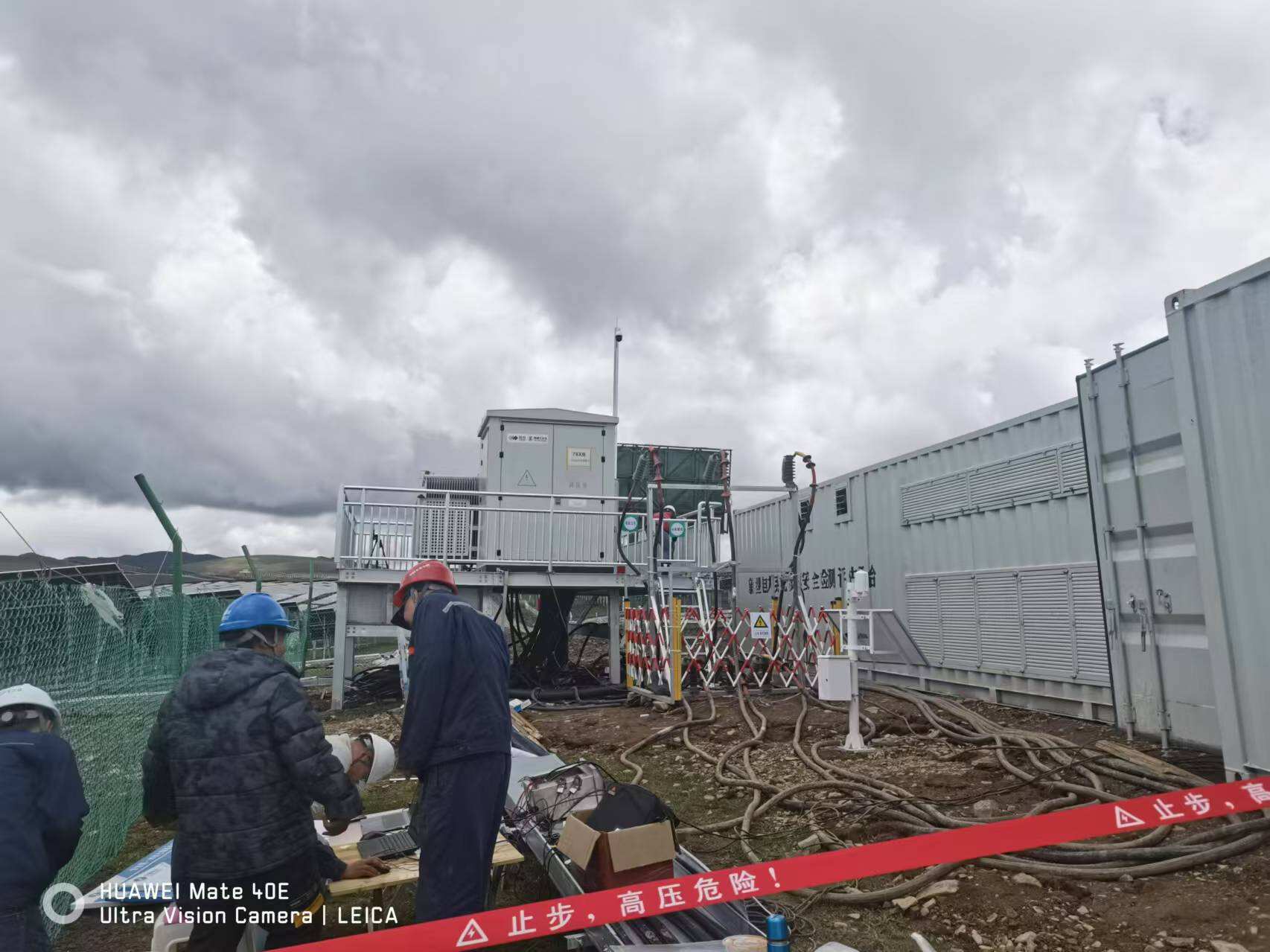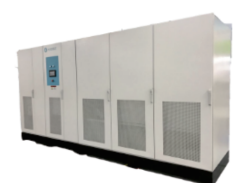energy storage systems
Energy storage systems represent a transformative technology in modern power management, serving as crucial infrastructure for maintaining reliable and efficient energy distribution. These systems capture energy produced at one time for use at a later time, effectively bridging the gap between energy production and consumption. The technology encompasses various methods, including battery storage, pumped hydro storage, thermal storage, and mechanical systems. At their core, these systems perform three main functions: energy time-shift (storing energy when abundant and releasing it during peak demand), grid stabilization (maintaining power quality and reliability), and renewable integration (maximizing the utility of intermittent renewable sources). Advanced energy storage systems incorporate sophisticated power electronics and management systems that enable real-time monitoring, automated operation, and precise control of energy flows. They can operate at various scales, from residential installations supporting individual households to utility-scale facilities serving entire communities. The applications span across multiple sectors, including residential backup power, commercial peak shaving, industrial load management, and grid-scale energy arbitrage. Modern systems feature modular designs for scalability, advanced thermal management for optimal performance, and intelligent software for predictive maintenance and energy optimization.




